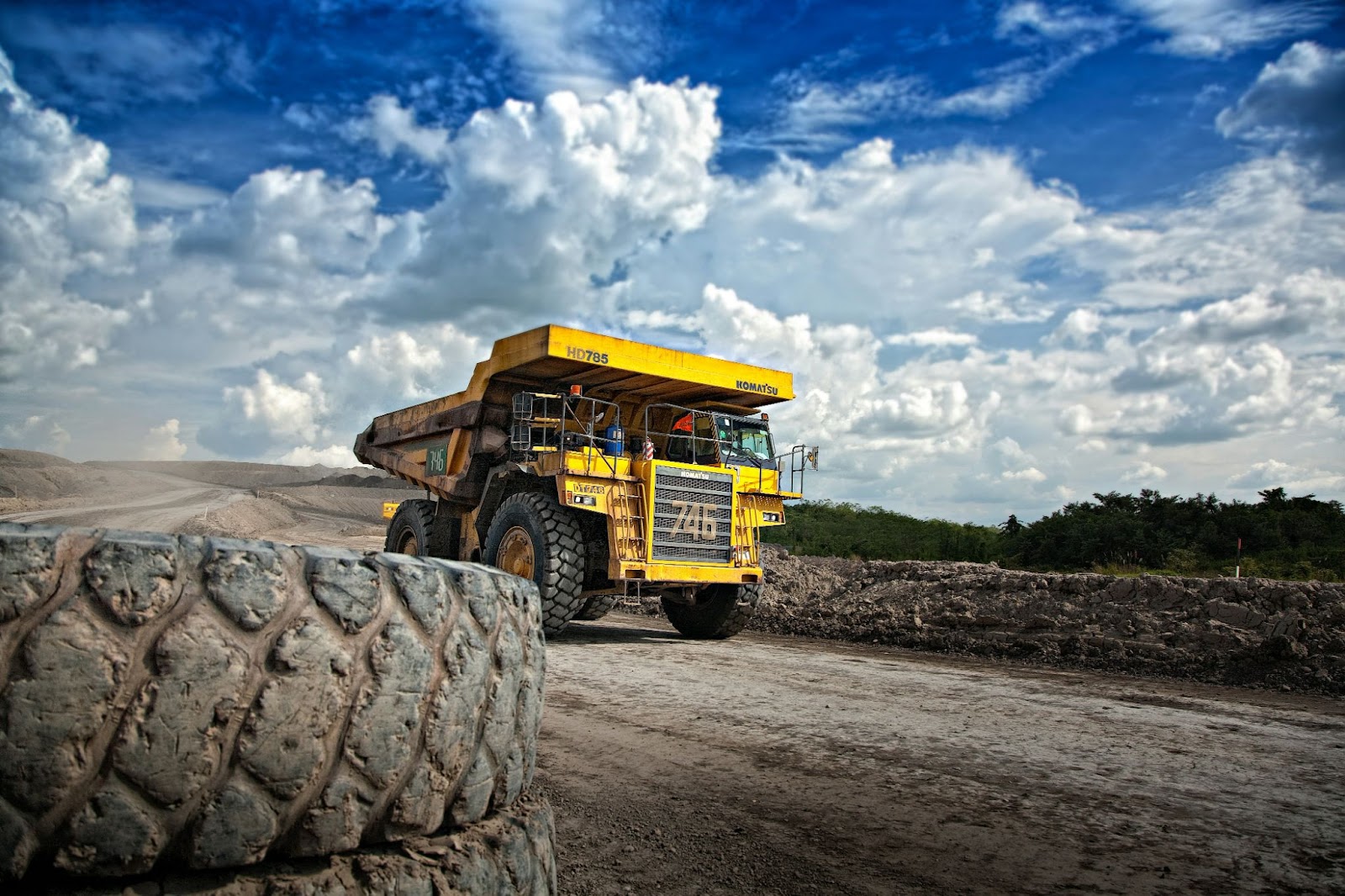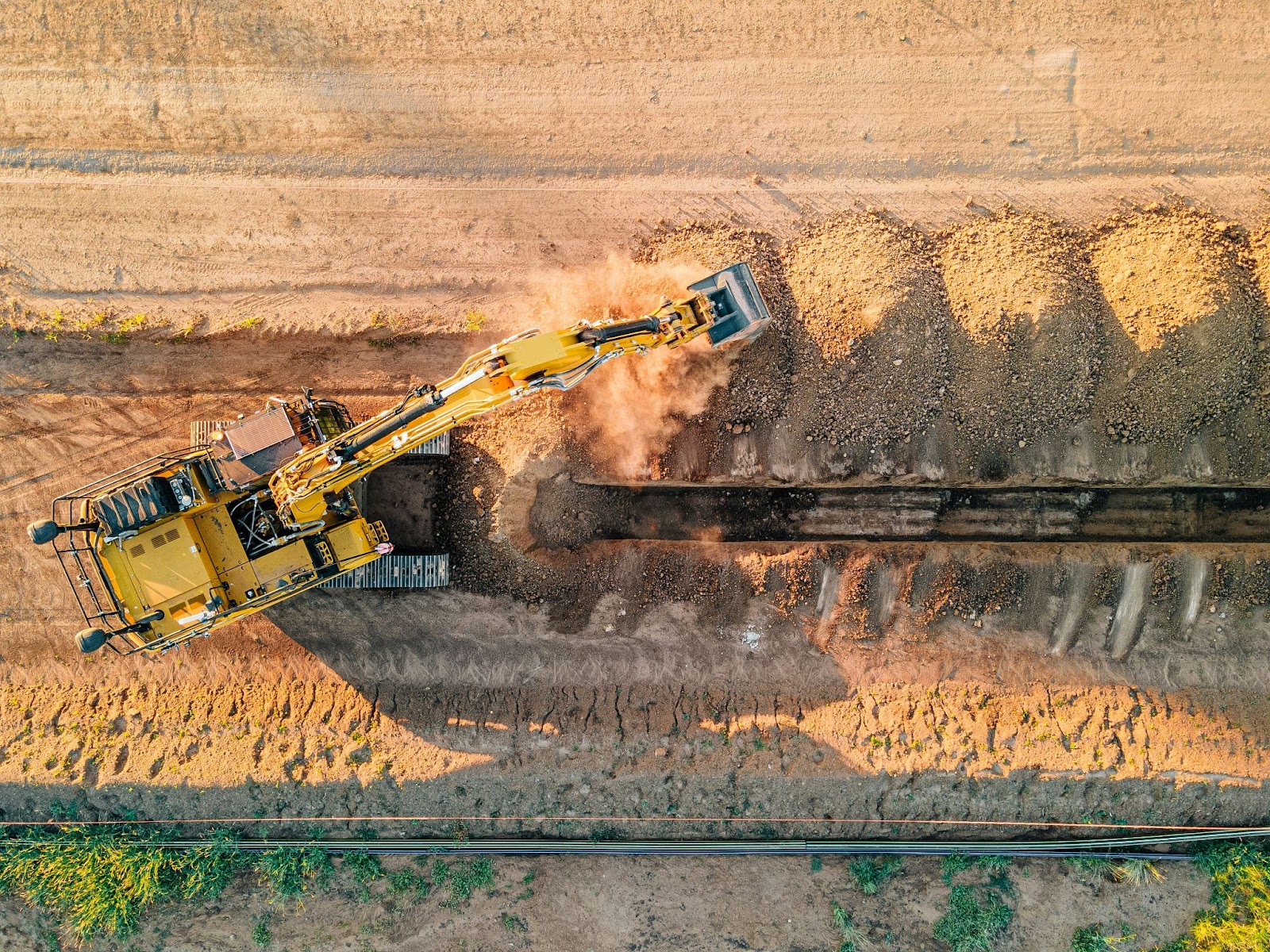Where does the future lie for mining technology?

Innovation is shaping the future of various industries around the world everyday. The need to adapt to the influence of environmental, political, and cultural factors has left businesses with the challenge of finding inventive and modern technical solutions to changing industry needs. The mining industry has undergone its own reinvention in recent years, with automation technologies rapidly being incorporated into both surface and underground mining. Coinciding with the mining industry facing increased pressure to adjust and evolve has been the development of automation at an impressive rate that it is now paving the way forward.
Unsurprisingly, the COVID-19 pandemic was critical in accelerating industries around the globe toward automated processes. Notably, Australia has been forced to automate to keep up with domestic and international competition, however companies are also pivoting toward automation to streamline their processes, improve efficiency and eliminate the margin for error. Safety and productivity are improving as both operational automation, like driverless trucks and equipment, and IT automation, leveraging software and AI, are increasingly embraced.
The automated technology driving the future of mining
Large-scale mining is built to benefit from the application of automated technologies to day-to-day work. Mine site technologies have developed rapidly during the 21st century, with AI now being incorporated to enhance safety by predicting potential hazards and automating dangerous tasks. Fundamentally, the risk to human workers is reduced by the use of autonomous vehicles and drones equipped with AI, which is able to complete tasks such as transporting materials and conducting inspections in unsafe areas. And there are many exciting forms of new and upcoming mining technology that are being implemented day-by-day.
Real-Time Locations Systems (RTLS) are an example of a newly-introduced technology that is ensuring miner safety by tracking miners in real time and keeping track of assets and equipment. RTLS comprises several unique features, including the ability to monitor the location and status of equipment, help companies meet compliance standards for equipment maintenance and environmental regulations, and generate automatic detailed reports on asset utilisation and much more. It has never been easier to track underground personnel during emergency response procedures, locate stock within a warehouse, or find vehicles throughout a mine than it is now.
Advancing AI capabilities has led to the introduction of
autonomous drones in mining, which aid in improving mining efficiency, accuracy and safety. There is the obvious visual and physical access to difficult-to-reach or unsafe parts of mines, as well as aerial views of the mine site, but drones can also assist in monitoring mining equipment and infrastructure for any wear and tear. Drones afford mining sites and workers time, and ultimately decrease costs for mining companies.
The future is being led by technology such as Volvo’s
autonomous dumper TA15, also known as ‘TARA’. Having access to driverless equipment which replicates the capabilities of larger diesel-powered vehicles in a fully automated electric capacity is ultimately beneficial to mining companies and reduces carbon emissions that damage the environment. Tara includes an in-house developed virtual driver and is designed to support all necessary site infrastructure whilst ensuring a seamless switch to automation.
Finally, Innovative Mining Services’ Track Straight
Automatic Conveyor Tracking System has found a solution to the potential issue of belt drift on conveyors. This system is advantageous as it automatically adjusts to correct the issue, which can be caused by inconsistent or different feed and being bias loaded to a conveyor. Tracking adjustments can therefore be made before the feed zone, as workers are provided live feedback and an active view of tracking system positions. As a result, mining workers will deal with less potential spillage and companies can reduce clean-up costs.
Automation is changing the mining industry
Progress is constant in the mining industry, meaning the future of autonomous mining is limitless. With technology evolving everyday, mining companies will need to increase the level of investment and implementation of autonomous assets to adapt to the changes. Actively doing so will greatly improve safety standards across the industry, develop more efficient processes, and minimise operating costs. Furthermore, mining companies will need to take the necessary steps to upskill their workers as they transition to overhauled roles following the adoption of these automated practices.

Automation in mining is viewed as a necessary step to preventing incidents of illness, personal injury, or death, specifically by circumventing the need for humans to be present in dangerous situations. And although there are understandable fears that automation will lead to reduced roles for people, the industry’s move toward automation, algorithms, and software development has reinforced the need for technically trained workers to use and improve new technology. Roles within the mining industry require strong knowledge of technology and equipment across the board. From entry level mining jobs to on-site work, as the industry moves further towards further change what will emerge is a workforce that is diversely skilled and prepared for the future.
Significantly, governing bodies that regulate and oversee mining operations are beginning to adapt to the current industry evolution. For example, the Western Australia state government’s Department of Energy, Mines, Industry Regulation and Safety - which is in charge of regulating mining operations - are encouraging automated processes to help reduce work related fatalities, injuries and illnesses.
Moreover, the department has been working on implementing frameworks introduced by the Mining Amendment Act 2022 aimed at modernising the mining approval process and ensuring easier administrative compliance with conditions of approval. A key aspect has been the introduction of an Eligible Mining Activity framework, which has opened the path for eligible mining activities that pose a low risk to the environment and do not occur in sensitive environments to apply for an automated authorisation pathway.
Where to access mining equipment & vehicles?
Pickles houses a variety of automated mining vehicles and equipment as well as human-operated machinery. Though automation is changing the industry everyday, there will need to be a continued balance between using machinery operated by people and automated technology operated from afar. There are a range of used trucks, excavators, cranes and much more available weekly for auction to assist mining operations in Queensland, New South Wales, Western Australia and beyond.
Check out Pickles’
website to explore an extensive selection of mining equipment and vehicles available across Australia. Or stay on the front foot and follow Pickles on
Facebook and
Instagram for the latest and greatest blogs, posts, sales and more.
04 Dec